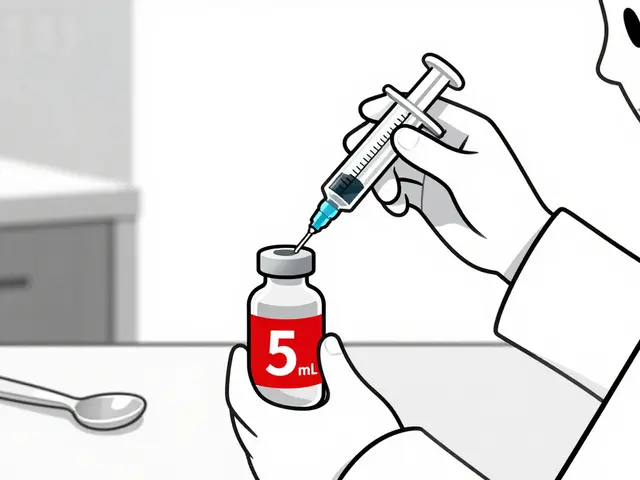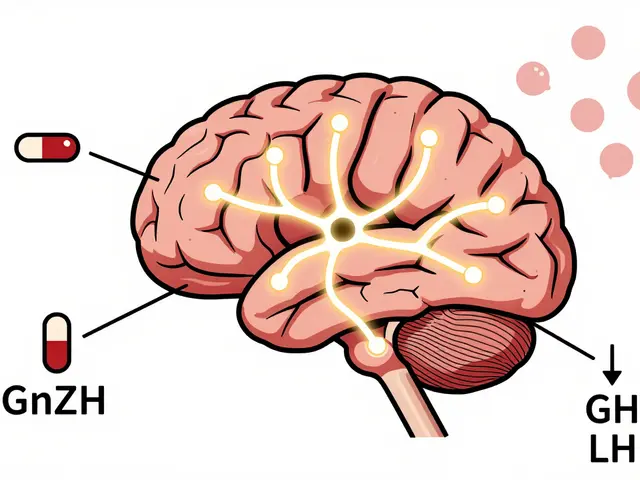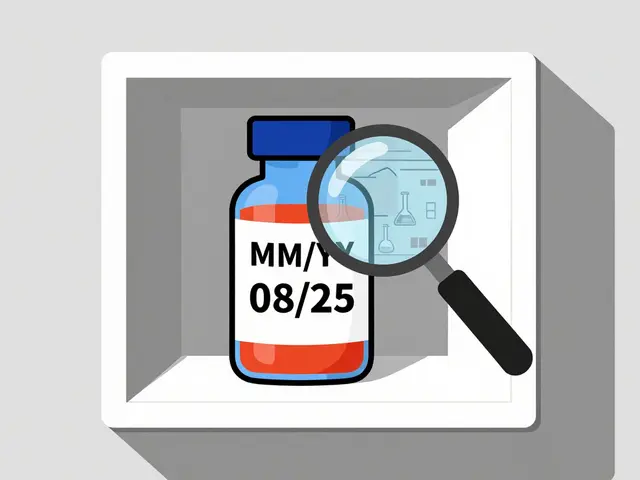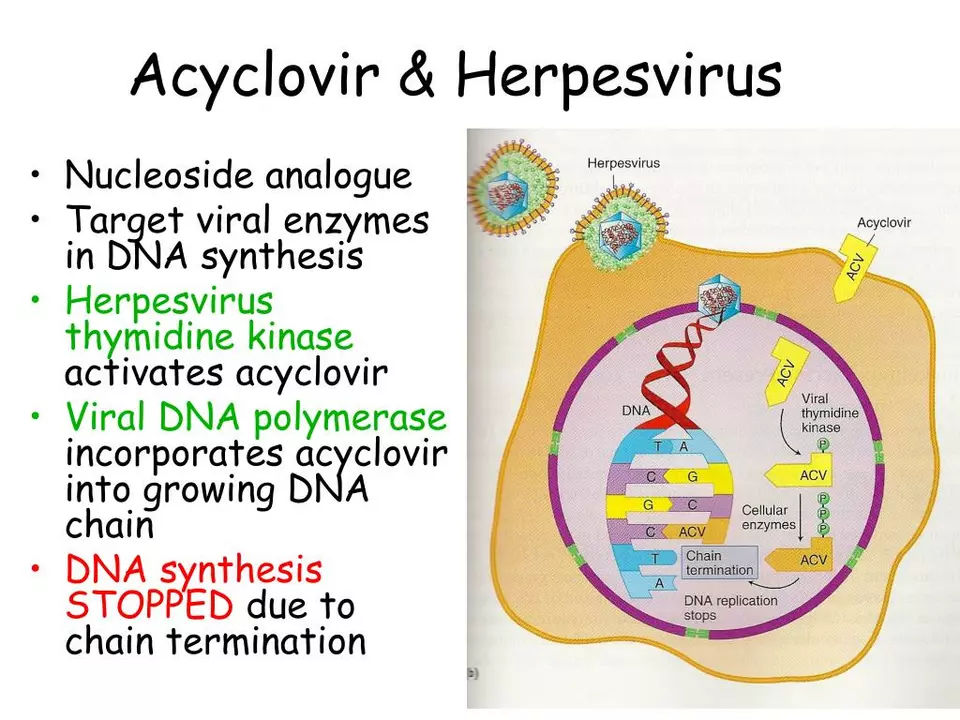Antiviral Treatment: What Works, When to Use It, and How to Stay Safe
If you've ever caught the flu or dealt with shingles, you know how frustrating viral illnesses can be. Unlike antibiotics that kill bacteria, antivirals target the virus itself, slowing its spread so your body can fight back faster. Below is a straight‑forward look at the main types of antivirals, when they're worth taking, and some practical tips to avoid common pitfalls.
Common Antiviral Groups You’ll Hear About
Most prescription antivirals fall into two big families:
- Nucleoside or nucleotide analogs – These mimic the building blocks of viral DNA/RNA. When a virus tries to copy itself, it picks up the fake piece and makes a faulty copy. Examples include acyclovir (for herpes), valacyclovir, and sofosbuvir (for hepatitis C).
- Protease or polymerase inhibitors – These block enzymes the virus needs to cut or stitch its proteins together. Tamiflu (oseltamivir) for flu and Paxlovid (nirmatrelvir/ritonavir) for COVID‑19 are well‑known members.
Both groups work best when you start them early – usually within 48 hours of symptom onset. Waiting longer reduces their ability to curb the virus, though they can still help in some cases.
When Should You Consider an Antiviral?
Not every cold needs a prescription drug. Here are three situations where doctors often recommend antivirals:
- High‑risk patients – People with weakened immune systems, pregnant women, or the elderly may face severe complications from flu or COVID‑19. Early antiviral therapy can cut hospital stays.
- Specific viral infections – Herpes outbreaks, shingles, and chronic hepatitis B/C have proven treatments that keep flare‑ups under control.
- Confirmed diagnosis – If a lab test shows you have influenza or COVID‑19, your doctor may prescribe the matching antiviral to speed recovery.
If you’re unsure, talk to a healthcare provider. They can weigh your symptoms, risk factors and decide if an antiviral is appropriate.
Now for some practical advice that helps you get the most out of any antiviral you take:
- Start early – Aim to begin treatment within the first two days of feeling sick. Some drugs, like Tamiflu, lose effectiveness after 48 hours.
- Follow the schedule – Antivirals often need a strict dosing timetable (e.g., twice daily). Skipping doses can let the virus bounce back.
- Watch for side‑effects – Nausea, headache and mild stomach upset are common. If you notice rash, severe vomiting or breathing problems, call your doctor right away.
- Avoid interactions – Certain antivirals interact with blood thinners, anti‑seizure meds, or even grapefruit juice. Keep a list of all medicines you’re taking and share it with your prescriber.
- Don’t self‑medicate – Over‑the‑counter “cold cures” aren’t antivirals. Using the wrong drug can delay proper treatment and sometimes cause resistance.
Finally, remember that prevention still beats cure. Get your flu shot each year, stay up to date on COVID boosters, practice good hand hygiene, and avoid close contact when you or others are sick. These simple steps cut the chance of needing antivirals in the first place.
Antiviral treatment isn’t magic—it’s a tool that works best when used correctly and early. Keep these pointers handy, talk openly with your healthcare team, and you’ll be better equipped to fight off viral bugs whenever they show up.
- By Percival Harrington
- /
- 28 May 2023
The Benefits of Acyclovir for Immunocompromised Patients
As a blogger, I've come across some fascinating information on Acyclovir and its benefits for immunocompromised patients. It turns out that this antiviral medication helps to significantly reduce the severity and duration of outbreaks in individuals with weakened immune systems. Furthermore, Acyclovir can be used as a preventive measure to minimize the chances of recurrent infections. I'm amazed at how this medication can improve the quality of life for these patients, allowing them to lead a more comfortable and worry-free life. It's truly a game-changer in the world of antiviral medications!






